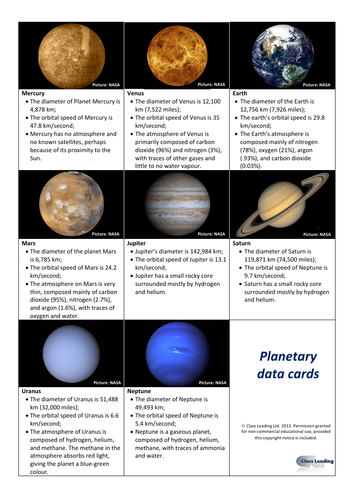





This activity follows on well from the Greenhouse effect starter. Based on interpreting data about planets in the solar system, it leads learners to the conclusion that Venus is hotter than it should be due to CO2. There are two levels of activity, the more demanding one explores the role of photons/light/radiation in heating planets. This activity was originally designed for 21st Century Science unit P2.
Please note that this is a non-editable resource. A premium editable version is also available at: https://www.tes.com/teaching-resource/resource-11858634
Key words: greenhouse effect, atmosphere, CO2, carbon dioxide, global warming
Something went wrong, please try again later.
Awesome. Our last topic of the year has links to the greenhouse effect and my Year 9s desperately need more graphing practice. Cheers.
Excellent resource. The tasks and data analysis activities are really helpful to develop subject knowledge as well as practical skills. Thanks for sharing.
Students graph, look for patterns and identify an outlier. Handouts also look nice. Thank you.
Excellent resource. Thank you.
Report this resourceto let us know if it violates our terms and conditions.
Our customer service team will review your report and will be in touch.